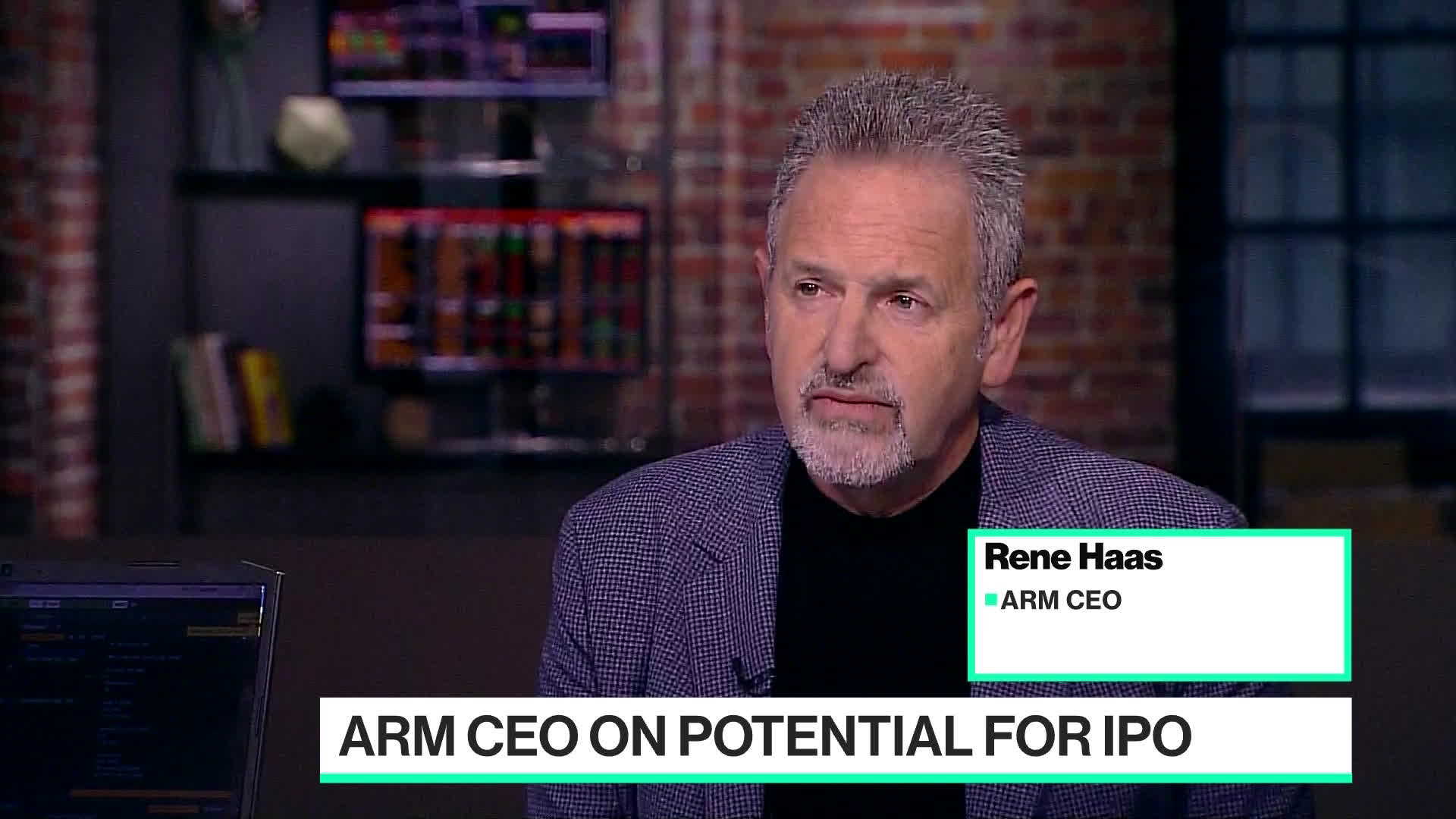Pom down under
Top 20
No. Brainchip are a client of Arm. We licensed their IP to create our Akida1000
Arm have never licensed our IP. They have created their own Ethos-u85.
i.e. Brainchip have paid money to Arm, via Socionext BUT Arm have never paid us anything.
A collaboration means that there is a budget, and that both sides have put in $, with an expectation to earn revenue.
We have nothing, and will never get anything out of Arm.
Better to look for dots that join us to a company making an actual product that will work on the edge, and be sold to customers.
Sorry but please don't shoot the messenger.
Dribble





